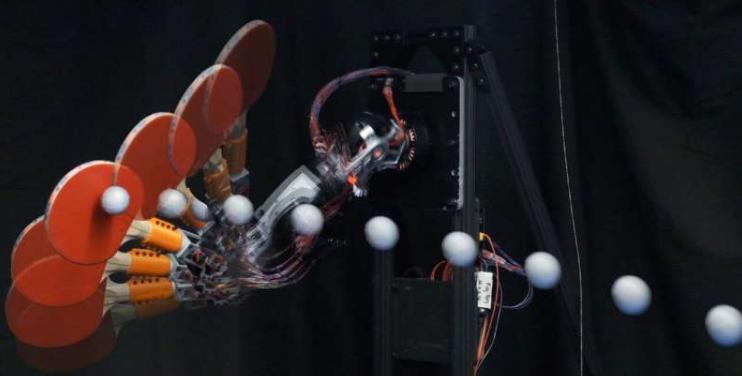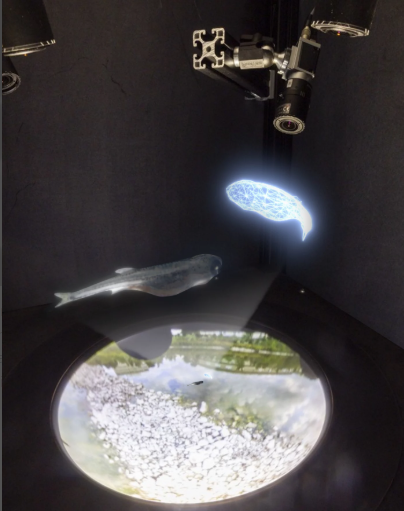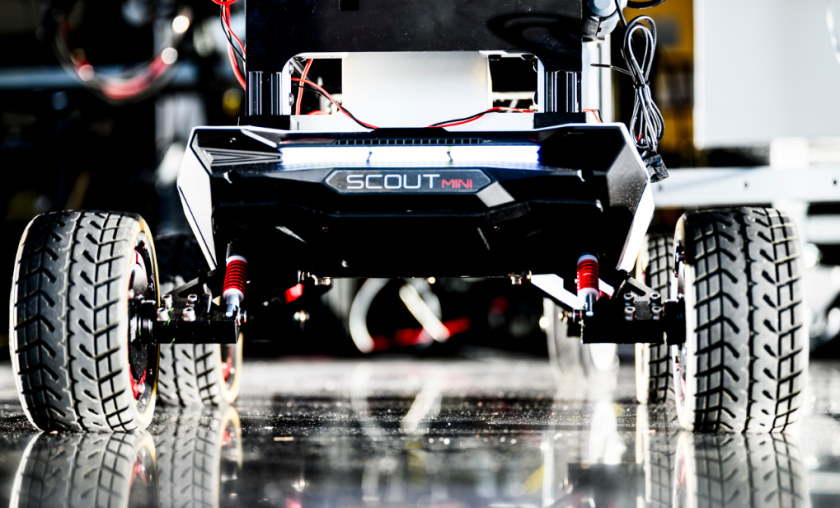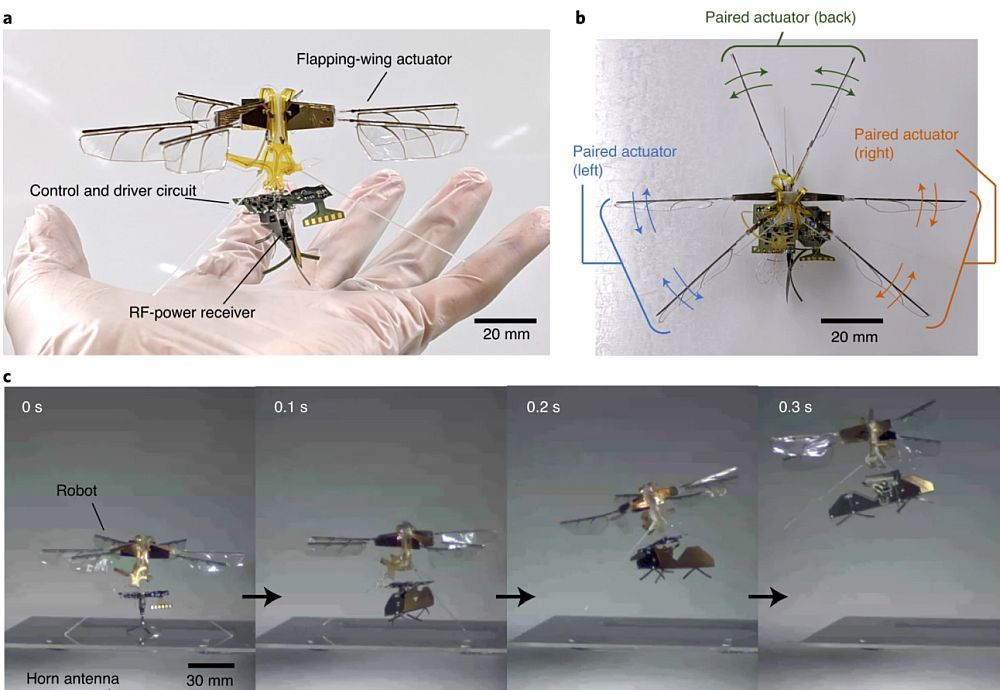
Researchers at Toyota Central R&D Labs have developed a wireless radiofrequency power based tiny aerial robot.
Due to the limited power source, small drones are not able to stay up in the air for a long time. So, to solve this problem researchers made use of contactless power supply by means of electromagnetic waves. Although some forms of electromagnetic waves have been put to practical use in everyday products however, for the first time, it is applied to small flying robots, said Takashi Ozaki, the lead researcher.
Wireless charging technology is not new. Wireless inductive charging transfers power to an electric vehicle automatically. We also have wireless charging smartphones. And now with this innovative research, we will witness an insect-size flying robot powered by wireless charging technology.
Layout
The insect-scale aerial robot consists of:
- flapping wings
- piezoelectric actuators for movement and
- a 5GHz band dipole antenna for higher speed and long range for the device’s displacement.
The two wings are facing each other keeping in mind the low-loss design. And the flapping actuation is powered by single-crystal piezoelectric material. As per Ozaki, the layout allows for power-to-weight efficiency with respect to that of live insects.
Large power in a small size
Thermal runaway due to power losses is one of the major issues that small scale devices experience. To counteract it, the researchers optimized their robot’s circuit design by embedding components that generate heat far apart.
To enhance robot’s efficiency and operating time, they used radiofrequency power receiver with a power-to-weight density in place of lithium polymer batteries of same configuration. The improvisation improved the device’s efficiency and operating time exponentially.
Large power in small size can be realised after all, the circuit is nearly sub-gram level yet it can handle power over 1 watt at a at a distance via radio frequency wave, claimed Ozaki.
In series of experiments, researchers noticed that the insect-size machine took off effortlessly and without the need for batteries or wires.
The device weighs around 1.8g, that is, 25 times lighter than other RF powered small scale vehicles developed in the past.
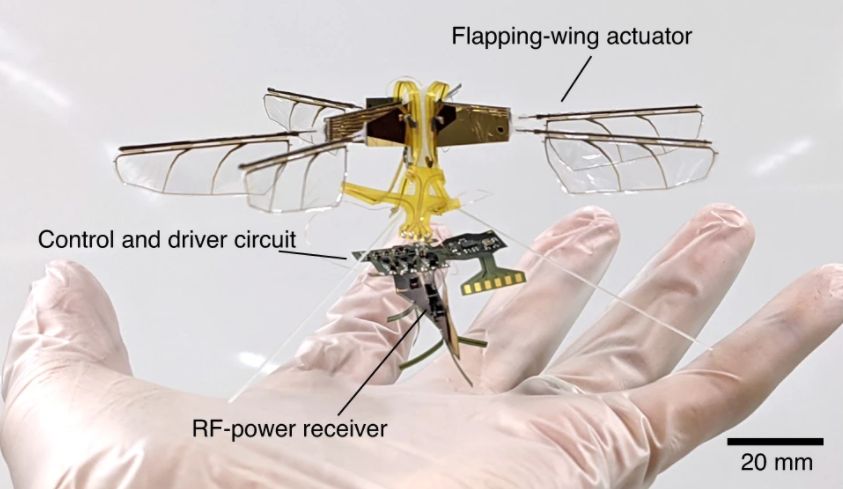
Takeaway
Researchers envision that their device will be an ideal match to enter non approachable areas like cracks, pipes or other highly packed spaces, communication and environmental sensing.
The tech will also help in autonomous inspection of dangerous areas.
Not only in flying robots but this technology could be used in other applications where RF wave can power the internal grid than batteries.
Via: Nature.com

